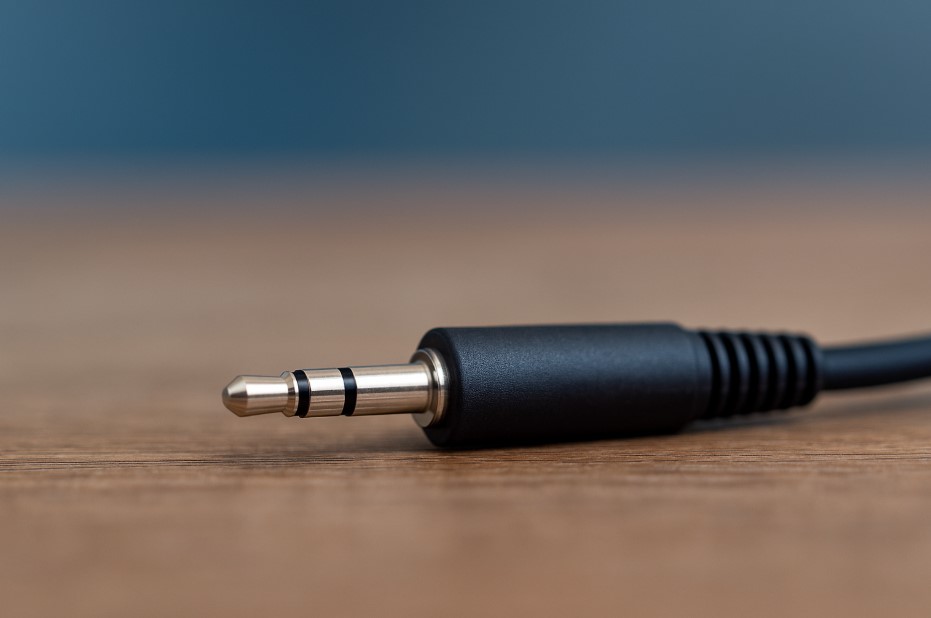Tech
What is a Jack Audio Cable and How Does It Work?

Jack audio cables connect devices such as headphones and microphones to audio systems or computers. Such wires are contained in most sound systems to transmit sound from one place to another without distortion. There are different kinds of jacks and cables in the market to connect these devices, and you should know their function to get the best audio. In this post, we will look at jack audio cables, how they work, and why they are one of the most common features in audio technology yet.
About the Jack Audio Cable
An audio jack cable (also called an auxiliary or AUX cable) is a connector commonly used in audio applications. This plug is at either side, commonly 3.5mm and 6.35mm, or quarter-inch. These wires connect different sound devices, from headphones and loudspeakers to musical instruments. If you require a reliable connection, a jack audio cable can offer the versatility you need for various audio setups.
Varieties of Jack Audio Cables
There are different-sized Jack audio cables that fit different devices. The 3.5 mm jack is the most commonly used size, used in consumer electronics such as smartphones, laptops, and audio devices. The 6.35mm jack, in contrast, is mainly used with professional audio equipment, including amplifiers and electric guitars. Providing this flexibility, the sizes cover all uses and needs, working with all devices.
Components and Construction
Certain key elements make up a jack audio cable. Underneath the metal plug is the connector between the device. We have a tip, ring, and sleeve (TRS) which handles different audio signals. Usually, the cable will have some kind of shielding to block outside noise interference from ruining the sound quality.
Some come in many different materials, etc., affecting performance. For superior connection, high-quality cables also use gold-plated connectors that resist corrosion and improve conductivity. For a performance, the cable’s insulation and shielding also play a significant part for long cables; this is also true for maintaining audio.
How Jack Audio Cables Work?
Jack audio cables can carry audio signals with electric currents. The signal flows through the center of the cable and reaches the listening device when the device makes a sound. They can transmit two different signals by sending one to the tip and the other to the ring, which is why a tip, ring, and sleeve connection supports stereo sound, keeping each channel separate.
Signal Quality and Length
Cable length and construction may affect the quality of the audio signal. Signal loss over longer cables contributes to poorer sound quality. That needs to be minimized, and that is where quality materials and proper shielding come in. Because they have less distance to travel, shorter cables usually maintain better signal integrity, making them the perfect choice for close connections.
Uses of Jack Audio Cables
Jack audio cables connect a multitude of devices throughout industries. The versatility of these speakers allows them to be used for personal and professional audio setups.
Personal Audio Devices
In personal audio, jack cables connect headphones to smartphones, tablets, and laptops. They are one of the most common devices for everyday listening and are popular due to their portability and ease of use. Users can also use these cables to connect devices to car stereos and make the most of driving hours by playing their playlists.
Professional Audio Equipment
This includes jack cables, which are essential for music professionals, both in the practice room and on stage. They are used by musicians to connect guitars, such as electric guitars, to amplifiers. Audio engineers use these cables to connect mixing consoles and speakers to provide high-fidelity sound.
Home Entertainment Systems
Jack cables connect televisions, soundbars, and speakers in home entertainment systems. They help stream audio from a source device to a speaker system, elevating the movie-watching and listening experience.
Advantages and Considerations
Jack audio cables are simple, cheap, and universal. They simply need to be plugged in, making them available even to the less technically minded.
That said, there are a few caveats to keep in mind. Because the quality of cable directly affects sound performance. Purchase decent cables that are well shielded and have good connectors, as they sound much better. Also, users should choose the proper length of the cable to prevent the loss of signal.
Conclusion
The jack audio cable is still an essential part of audio technology. Its features make it popular for connecting audio devices due to its wide-ranging use cases, ease of access, and compatibility with various types of devices. Knowing how these cables operate and determining what type is appropriate for different situations helps ensure the best sound quality and allows you to enjoy the music much more.
-

 Social Media2 months ago
Social Media2 months agoWhat the “67” TikTok Meme Really Means
-

 Business2 months ago
Business2 months agoDubai Freezone Company Formation: From Name Reservation to Bank Account
-

 Tech2 months ago
Tech2 months agoWhat To Do When Your Business Faces Network Vulnerabilities
-

 Auto2 months ago
Auto2 months agoHow to Compare Car Insurance Plans for Maximum Savings






